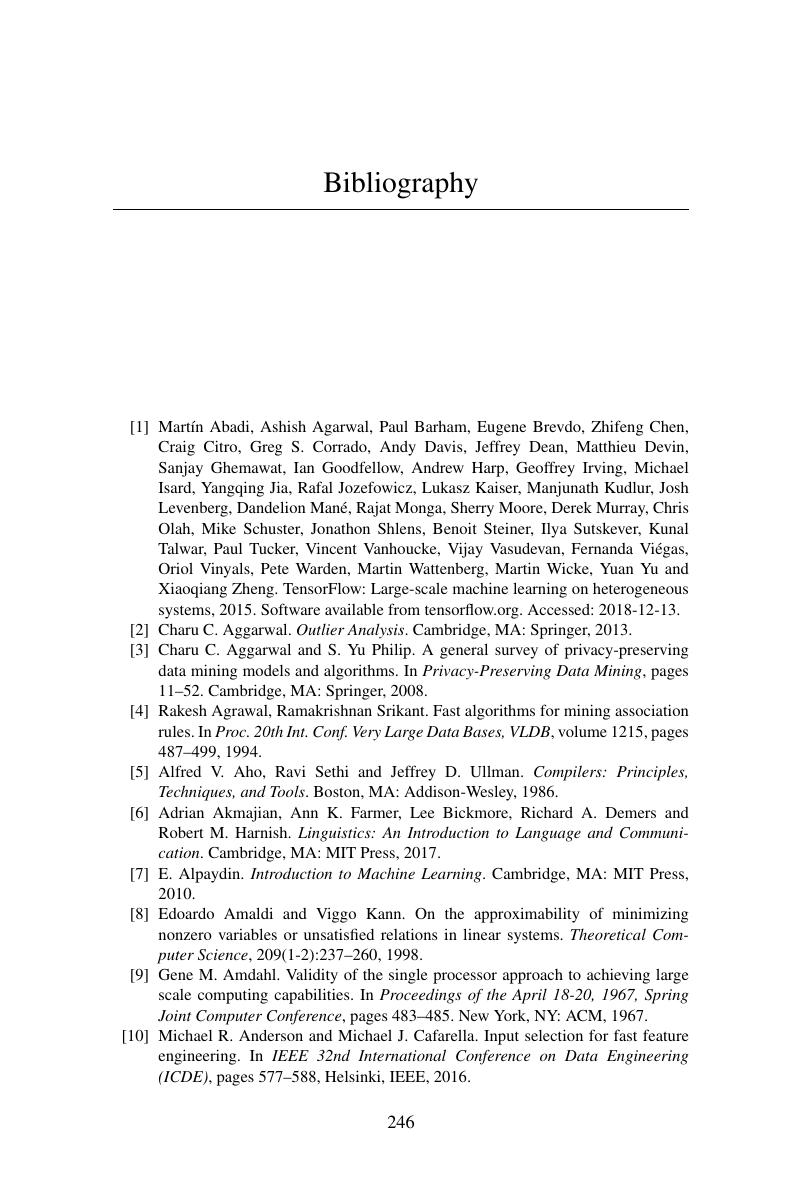[284]
Silberzahn, Raphael,
Uhlmann, Eric L,
Martin, Daniel P,
Anselmi, Pasquale,
Aust, Frederik,
Awtrey, Eli,
Bahník, Štěpán,
Bai, Feng,
Bannard, Colin,
Bonnier, Evelina,
Carlsson, R.,
Cheung, F.,
Christensen, G.,
Clay, R.,
Craig, M. A.,
Rosa, A. Dalla,
Dam, L.,
Evans, M. H.,
Flores Cervantes, I., N. Fong, M. Gamez-Djokic, A. Glenz, S. Gordon-McKeon, T. J. Heaton, K. Hederos, M. Heene, A. J. Hofelich Mohr, F. Högden, K. Hui, M. Johannesson, J. Kalodimos, E. Kaszubowski, D. M. Kennedy, R. Lei, T. A. Lindsay, S. Liverani, C. R. Madan, D. Molden, E. Molleman, R. D. Morey, L. B. Mulder, B. R. Nijstad, N. G. Pope, B. Pope, J. M. Prenoveau, F. Rink, E. Robusto, H. Roderique, A. Sandberg, E. Schlüter, F. D. Schönbrodt, M. F. Sherman, S. A. Sommer, K. Sotak, S. Spain, C. Spörlein, T. Stafford, L. Stefanutti, S. Tauber, J. Ullrich, M. Vianello, E.-J. Wagenmakers, M. Witkowiak, S. Yoon, B. A. Nosek,
Many analysts, one data set: Making transparent how variations in analytic choices affect results.
Advances in Methods and Practices in Psychological Science,
1(
3):
337–
356,
2018.
Google Scholar 



